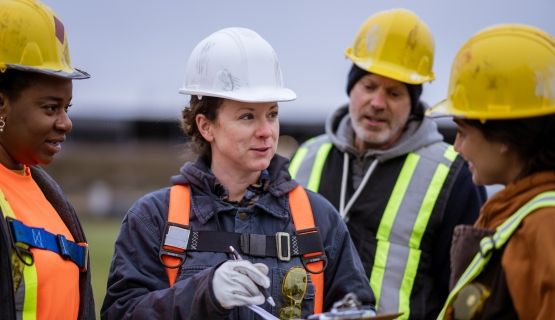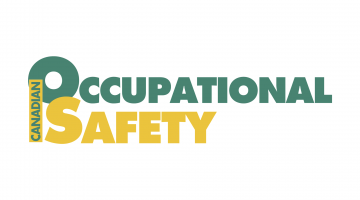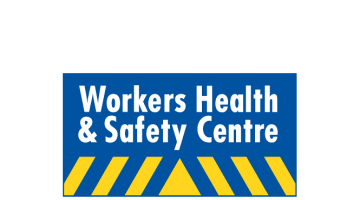Illness/injury prevention
IWH has a long history of conducting research to provide practical guidance to employers, workers, OHS professionals and regulators about what works and what doesn’t in injury or illness prevention. This research targets the injury and illness prevention practices of workplaces, as well as the programs developed by governments, health and safety associations and others to support and motivate workplaces to adopt effective practices.
Featured

At Work article
Differences in firm-level AI use for health and safety
To what extent are Canadian workplaces using artificial intelligence (AI) to help support workers’ health and safety? And what do these workplaces have in common? An IWH study surveyed firms across Ontario and British Columbia to find out.
Published: October 8, 2025

Impact case study
Saskatchewan’s construction safety group uses IWH tool to improve safety culture
This case study details how the Saskatchewan Construction Safety Association (SCSA) members have been analyzing IWH-OPM scores to adjust their safety practices and how SCSA has been using the data to tailor their outreach.
Published: February 10, 2025

IWH in the media
New beginnings: Recent immigrants need more support to reduce their heightened risk of injury
A recent study spanning across the United Kingdom, Australia and Canada found newcomers are at a higher risk of work-related injury and illness. Canadian Occupational Safety editor Amanda Silliker speaks to health and safety professionals and researchers in Canada, including IWH's Dr. Basak Yanar, about ways to reduce risks among recent immigrants.
Published: Canadian Occupational Safety, August 2019

At Work article
Review confirms prevention system’s message about injury risks and new workers
If you've been spreading the message about new workers facing higher risks of injury, rest assured. A first ever systematic review on job tenure and injury risks, conducted by IWH, confirms that message.
Published: July 2019

Research Highlights
How do OHS leaders use health and safety benchmarking?
Workplace health and safety leaders use benchmarking reports on health and safety performance to help inform decision-making and improve occupational health and safety performance. That's according to an interview-based study of OHS leaders who took part in an IWH leading indicators research project.
Published: July 2019

IWH in the media
Guest column: T.O. council's decision on construction tendering makes sense
On June 19th , Toronto City Council voted overwhelmingly to maintain its contractual relationship with the province’s major construction union. It's a longstanding relationship that militates towards high quality work, safer job sites and a robust training sector, writes guest columnist Phil Gillies, who points to IWH research on the union safety effect to support one of his arguments.
Published: Toronto Sun, July 2019
IWH Speaker Series
IWH Speaker Series
The link between workplace injury and fatality risks and the use of substances affecting the central nervous system
Prescription and recreational drugs that act on the central nervous system can have many adverse effects, including cognitive and psychomotor impairment. An IWH systematic review has looked into the link between workplace injury and fatality risks and the use of such substances—including opioids, benzodiazepines and cannabis. In this presentation, Dr. Nancy Carnide shares findings from that systematic review.
Published: May 2019

At Work article
Workplace violence against women rising, driven by growing rates in education sector
Men working in health care were once the group most at risk of workplace violence. These day, it's women working in education who face the highest risks of being assaulted on the job.
Published: April 2019

At Work article
Ontario’s working-at-heights training led to safer practices, reduced injury claims rates
Ontario's mandatory training standard for construction workers at risk of falls from heights was effective in reducing claims rates—especially among small employers and high-risk subsectors—an IWH evaluation study found.
Published: April 2019

IWH in the media
Regulated working at heights training works and needed: studies
Two recently released Ontario studies demonstrate why mandatory, standardized working at heights training is so critical to worker well-being. One study undertaken by the Institute for Work & Health (IWH) conducted an evaluation of the impact the province’s working at heights training standard had on workers and their work sites. A second and earlier probe prepared by the Ministry of Labour (MOL) for the Chief Prevention Officer undertook root cause analysis of worker deaths from falls from heights.
Published: Workers Health & Safety Centre, April 2019
Journal article
Journal article
What do employers spend to protect the health of workers?
Published: Scandinavian Journal of Work, Environment & Health, April 2019

IWH in the media
WAH training standards show 'significant' results: IWH
Findings of a study evaluating the effectiveness of Ontario’s working at heights (WAH) training standards, conducted by a team of researchers at the Institute for Work and Health (IWH), were revealed recently during the Ontario General Contractors Association’s Leadership Day and COR Open House in Mississauga, Ont., Angela Gismondi reports.
Published: Daily Commercial News, March 2019